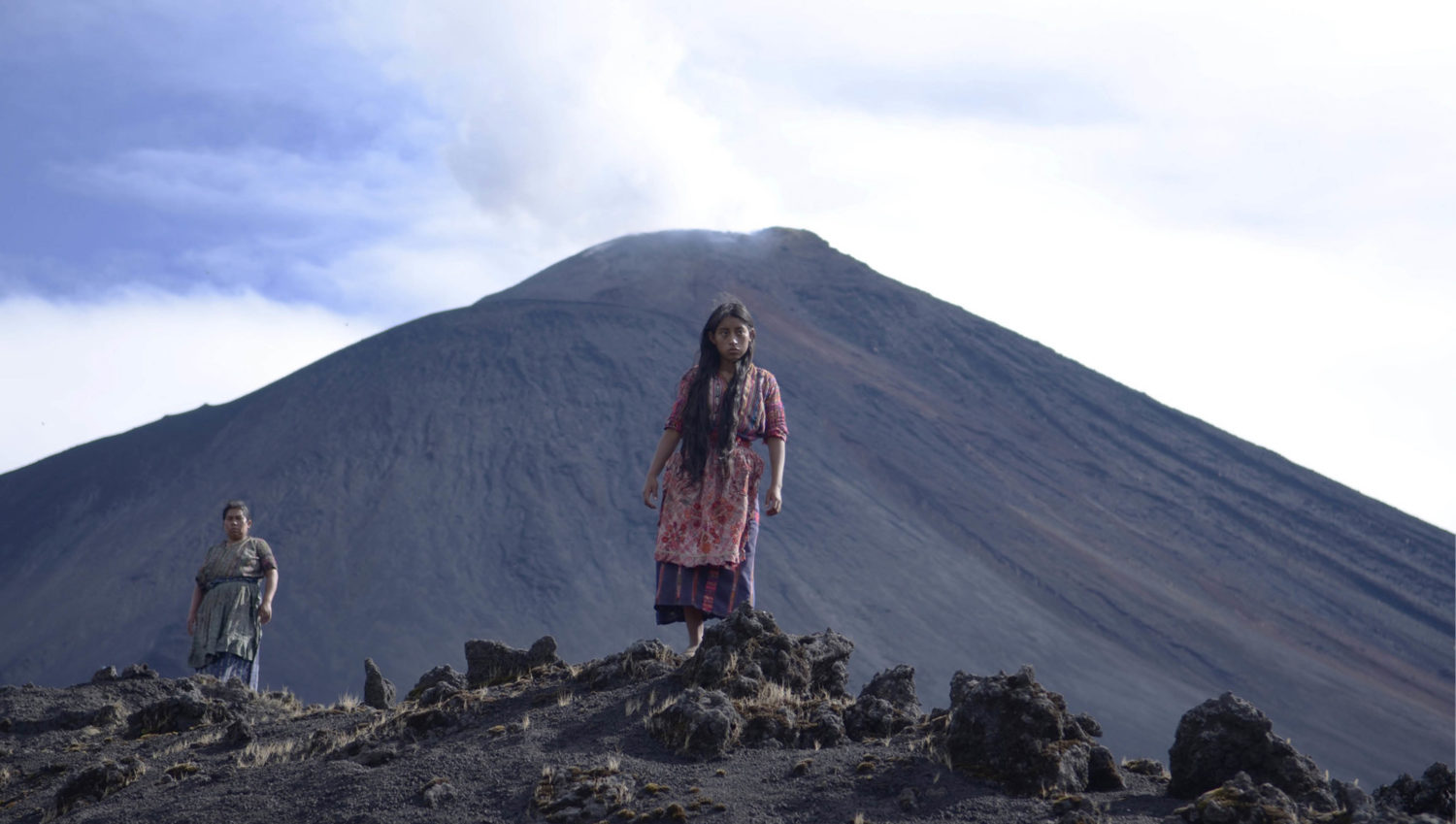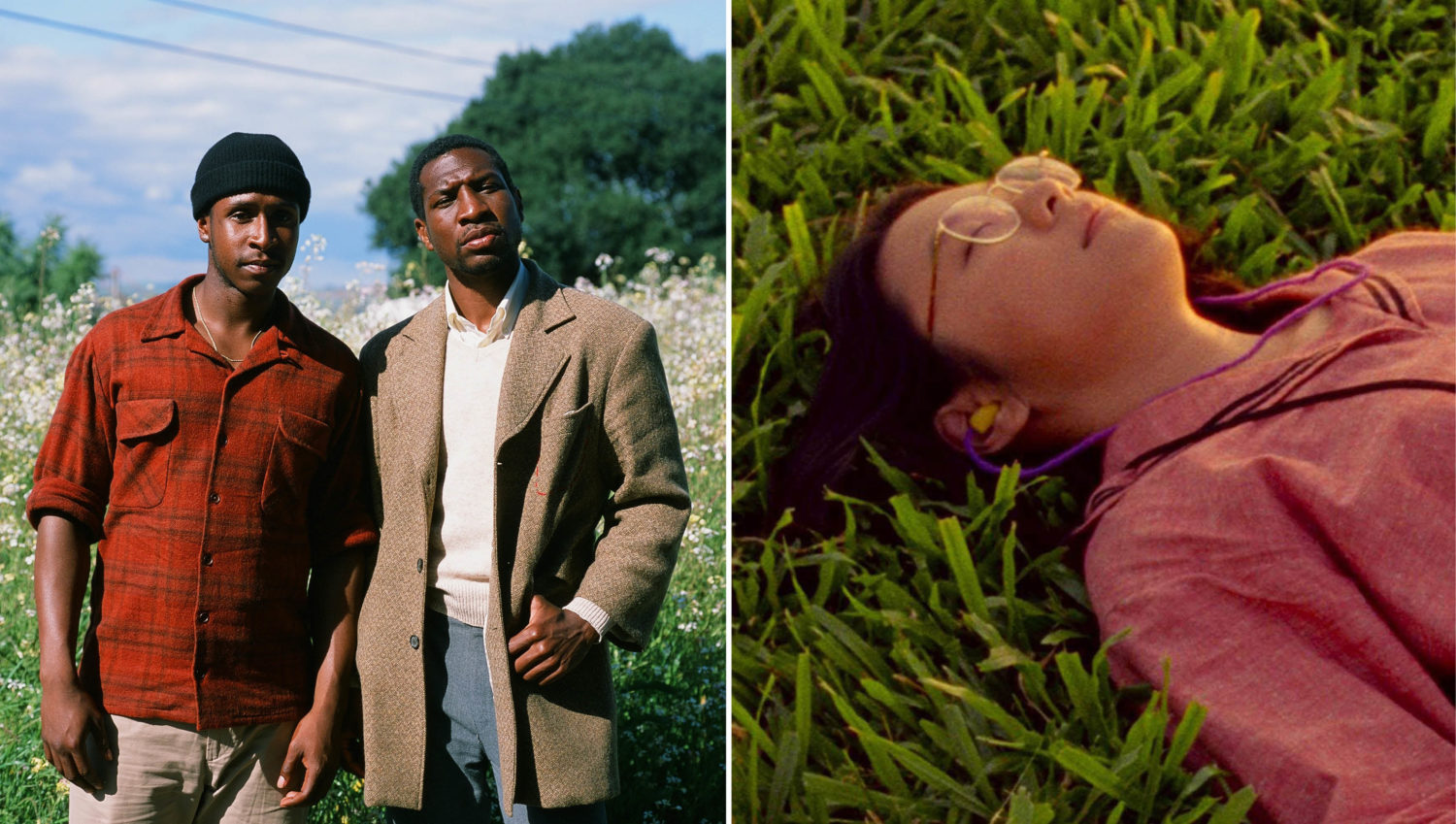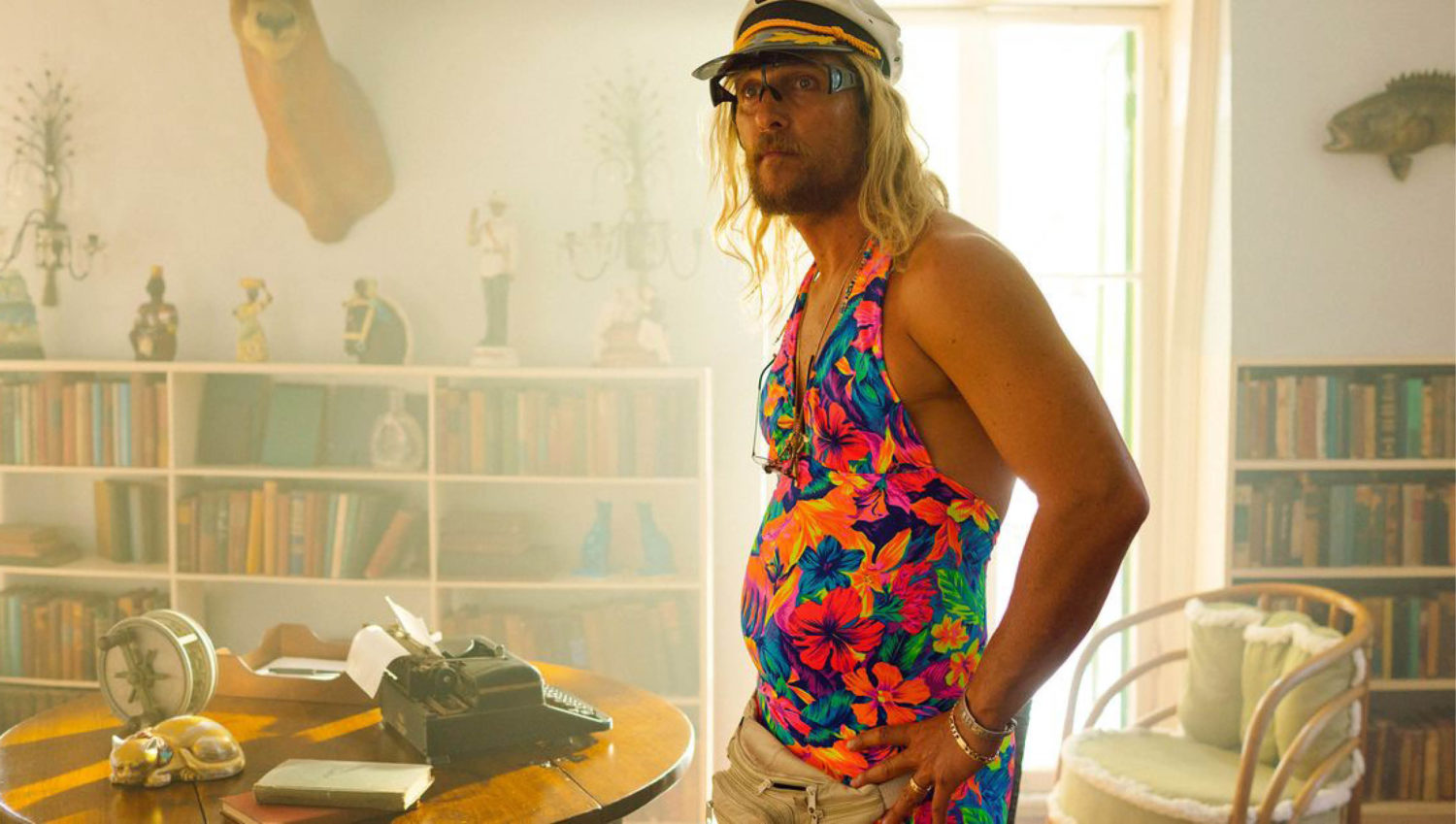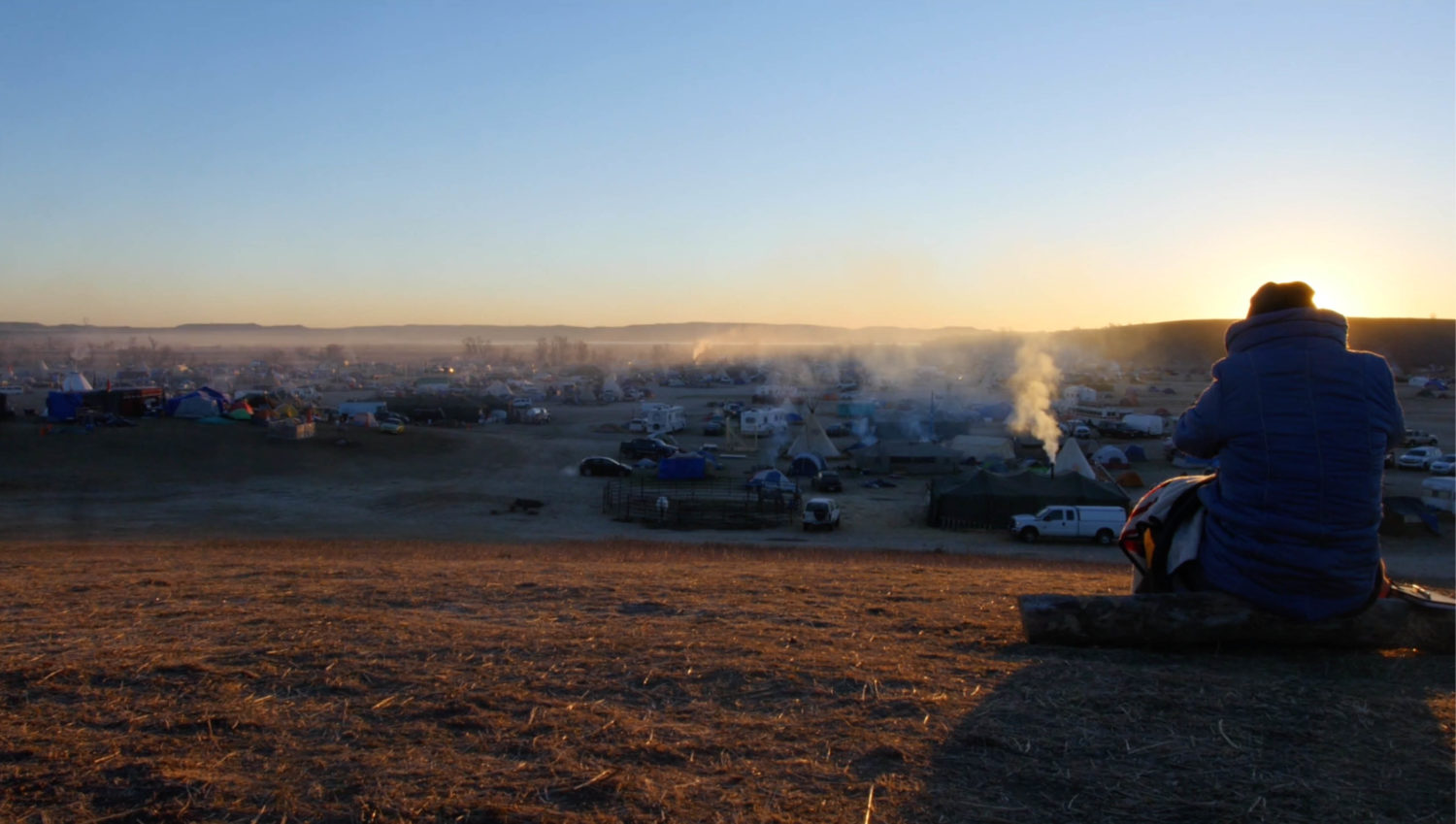Sifting through a streaming service is an especially regretful way to waste time during lockdown. With so many movies, and currently, so much time in the proximity of a screen, a sort of ennui begins to foment. Instead of slipping into paralysis-lite when confronted with a barrage of choices, we turned to our local community of filmmaking connoisseurs to steer us toward some of the best films they’ve seen recently. Curation, after all, evokes that sense of a human touch, which many are craving more than ever.
The range of genres and periods they selected from was wide, if niche—from sweeping period dramas to contemporary revenge fantasies, but nearly all indie-minded. There were also common themes and threads—deep introspection, social uprisings and solidarity, angst!—which can’t help but hook themselves to our social distancing moment.

Ixcanul
Selected by Greg Hatton, cinematographer and photographer
Where to watch: Mubi
Ixcanul (2015) is a beautiful film. I remember studying it as one of my cinematography references when it was first released. The story in the film has been told many times, but this one is native to Guatemala, and showcases how compelling stories exist everywhere around us. Especially from people, places or cultures you might never expect to encounter.
Films are windows into different worlds, different perspectives, different lives. Without really being aware of it, we learn from them: about people, places and, ultimately, ourselves. Foreign films, especially, get me out of my head and out of the sensibilities built into our American society. They offer very interesting examples of how different we are across the planet, but also show us how much we are the same. The same joys, the same pains, the same goals, and maybe even struggles. So many parallels, placed in various settings.—G.H.

Double Feature: The Last Black Man in San Francisco and Shirkers
Selected by Beckie Stocchetti, executive director of Hawai‘i International Film Festival
Where to watch: Amazon Prime and Netflix
After I’ve finished watching all the films streaming on HIFF Selects and HIFF Virtual cinema, this is what I cozy up with. Because I work in the industry, the process of the film is as important to me as the film itself, which is why The Last Black Man in San Francisco (2019) and Shirkers (2018) are my top streaming picks right now. Both are true independent gems, directorial debuts, based in real life events, and both would have shown at HIFF if they had not been released to the public prior to Festival.
The Last Black Man in San Francisco is a gorgeous, moving film that deals with gentrification, the housing crisis, race, and friendship. Based on lead actor Jimmie Fails’ own story, and directed by his best friend Joe Talbot. The two friends started with an idea and a Kickstarter campaign, and ended by winning the Best Director prize at the Sundance Film Festival in 2019. A poignant and sweeping story of hometowns and how they’re made and kept alive by the people who love them, as well as how hope can blind you to reality. The movie and the story behind it are a testament to determination and resilience in a shifting world when all feels out of control. It resonates.
Shirkers is a personal, somewhat experimental documentary directed by Singaporean Sandi Tan. Tan and her group of friends were on the punk fringe in a restrictive society, obsessed with American and European culture, and passionate about expressing themselves against all odds. They set out with an older American film director on a road trip to film their movie, stealing grandmas from old folks homes, using friends and unwitting strangers to capture their story against all odds. Then the footage was stolen—by the American director that had worked with them. The memoir-film reconciles the emotions that all of us can relate to right now in the time of Covid-19 around broken dreams, sabotaged career opportunities and friendships, and the unstoppable urge to fight the regime.—B.S.

The Beach Bum
Selected by Alika Maikau, writer and director of Mauka to Maikai and Moloka‘i Bound
Where to watch: Hulu
Look man, shit is stressful out here (do you know how many times I misspelled McConaughey writing this?) Initially, I wanted to recommend films that didn’t get their due in recent years, from the unvarnished viscera of 2019’s Monos to the blood-stained Aboriginal heartache of 2018’s The Nightingale (both also available on Hulu—no, I didn’t get paid to say that (but, they do have live sports)), so who needs additional ennui to revel in at a time like this? Moondog certainly doesn’t. That’s why I’m recommending The Beach Bum (2019) because I want to feel good and this ode to excess and hedonism is the only film that gets me there. As Moondog says, “You gotta go low to get high.”
Matthew McConaughey plays Moondog, aka The Dude, by way of Harmony Korine, in a hyper-lucid comedy that feels like a film Korine’s entire career has built towards, marrying the austerity of Spring Breakers (2012) to the untethered unreality of Trash Humpers (2009)—this is Florida Man reimagined as Chaotic Good, free love weaponized.
Under a surfeit of smoke, amidst a panoply of weed strains, McConaughey brings modalities to the Stoner performance heretofore unseen (the way he pronounces ‘poem’ as pwoeium … Joaquin should just give him his Oscar). Every supporting character brings an equally infectious brio to their performance, from Isla Fisher and Snoop Lion turning in their career best work (has Snoop ever given a bad performance?) to Zac Efron pontificating in JNCO jeans to “Higher” (the first and only appropriate use of a Creed song in cinematic history). Add in Martin Lawrence’s psycho-sexual adoration for nai‘a and Jonah Hill in a San Francisco Stand-off and you simply can’t go wrong.
At the end of the day, when it feels like the world is conspiring to make you feel bad, just remember that it’s conspiring to make Moondog feel good, and to quote Sam Elliot, “I don’t know about you but I take comfort in that. It’s good knowin’ he’s out there. The Beach Bum.” Chase the Moon, Hawai‘i.—A.M.

Marathon: The Work of Sky Hopinka
Selected by Christopher Makoto Yogi, writer and director of August at Akiko’s
Where to watch: Vimeo
I’d like to recommend dipping into the gentle psychedelia of the work of artist Sky Hopinka. As an introduction, start with Dislocation Blues, Hopinka’s dreamlike weaving recorded during the 2016 Standing Rock protests. Then, take in Anti-Objects, or Space Without Path or Boundary, where tactile images of Oregon and Washington are layered onto a recording of one of the last speakers of Chinuk Wawa. It’s a deep meditation on the interconnection of space, time, and all things, reflecting a desire for expansiveness that becomes his cinematic project.
Sit with Cloudless Blue Egress of Summer, a cinematic excavation set at Fort Marion, a former prison during the Seminole and Indian Wars, and where the idea of forced assimilation boarding schools was developed. Swimming in found drawings and written memory, it is a devotional work of deep emotion. Finish with Fainting Spells, a film I can’t describe any better than the title already does. It’s a knockout.—C.M.Y.

One Day in the Life of Noah Piugattuk
Selected by Taylour Chang, director of Doris Duke Theatre
Where to watch: Mubi
The latest from filmmaker Zacharias Kunuk (best known for his film Atanarjuat: The Fast Runner, the first feature made entirely in Inuktitut), One Day in the Life of Noah Piugattuk (2019) is a timely tragicomedy of Inuit-settler relationships. It dramatizes a true story of an Inuk hunter who was approached by a government agent to give up his traditional lifestyle and assimilate into a modern settlement. A fitting viewing during times of physical isolation when our pace of life slows down, Kunuk’s slow-burning cinema inspires deeper observation of social disconnect. Piugattuk highlights the humor of communication failure and takes notice of what’s at stake when we too quickly assimilate to an assumed normalcy. The film premiered at the Canadian pavilion in the 58th Venice Biennale and was included in the Toronto International Film Festival’s 2019 Top Ten List.—T.C.

Double Feature: Salt of the Earth and Embrace of the Serpent
Selected by Chris Kahunahana, writer-director of Waikiki and Lahaina Noon
Where to watch: Mubi, Kanopy
I’ve been watching a lot of revolutionary shit these days. Director Herbert J. Biberman’s Salt of the Earth (1954) is a feminist drama that was banned for a period of time—blacklisted for being supposedly communist. It’s a simple, hardcore story well told. The film deals with wage disparity, laborers striking, and also has shades of mana wāhine, with mothers taking up arms in a time of a lockdown. Embrace of the Serpent (2015), directed by Ciro Guerra and released in 2016, is a period story following an expedition of explorers looking for a medicinal plant. The film deals with man’s relationship to nature and amplifies an indigenous viewpoint on the world. It also has trippy, dream sequences. Both films have forced me to think about how the future would look like for our society, and if we need to have the same economic systems we had in place, prior to the pandemic.—C.H.

Lady Vengeance
Selected by Nicole Naone, artist and producer of Waikiki
Where to watch: Amazon Prime, iTunes
One of my all-time favorite films for a number of reasons, the red eye shadow being number one. But especially for this time we find ourselves in, Lady Vengeance (2005), directed by Park Chan-wook, is definitely my top quarantine pick. I much prefer being able to inhabit an attitude of “Just wait till I [expletive] get out of here” versus the alternative, which is wallowing and just “I hate being stuck here.” Thinking of this time as preparation for a reckoning helps me stay sane, and it provides me with the illusion of productivity.—N.N.

Marathon: Jean Vigo’s Canon
Selected by Vincent Bercasio, artist and filmmaker
Where to watch: Criterion Channel, Amazon Prime
There are moments throughout Jean Vigo’s films where I think to myself, “I would have never thought to place a camera there!” or “If only I would’ve thought to shoot this like that.” And it’s that sheer inventiveness, the sense of play and wit and wonder, that make his relatively modest tales—of newlyweds on a canal barge in L’Atalante (1934), rebellious schoolboys in Zéro de conduite (1933), the townspeople of À Propos de Nice (1930)—so captivating. But Vigo’s playfulness does not trivialize his concerns with social inequity at the heart of his work or render his poetic flourishes insincere. He effortlessly struck the balance between truthfully representing the grit of real life and embracing the transformative possibilities of cinema. His work just works. If you only have time for one, L’Atalante is my personal favorite. As far as I know, there’s no character in film sweeter and more honest than the captain’s first mate Père Jules.—V.B.

Double Feature: Paterson and Kaili Blues
Selected by Bradley Tangonan, writer-director of Wilder Palms
Where to watch: Amazon Prime, iTunes
Paterson (2016) by Jim Jarmusch and Kaili Blues (2015) by Bi Gan are films that come from vastly different cultures and auteurs that nevertheless share something vital and unusual: Each film contains poetry and is itself a poem. As someone who finds most poetry opaque and hard to access, I’m captivated by the films’ use of the written and spoken form to expand the possibilities of cinema. Paterson employs poetry as a method of reflection that allows the protagonist, a bus driver whose life runs on a schedule as predictable as his route, to find meaning and wonder in repetition and routine. Kaili Blues uses poetry as a signal of and entry point into the main character’s dreams and memories. These departures from reality swirl together with literal life to form an unsettling and mesmerizing elliptical journey through place and time. Both films are grounded firmly in their respective locales—Kaili Blues in the city of Kaili in southeastern China and Paterson in the city of Paterson, New Jersey—and this sense of place forms the foundation of the personal meaning for the sets of characters in both of these wonderful films.—B.T.

Bonus: TV show reccs!
Marathon: Channel Your Inner Teenager
Selected by Ciara Lacy, director of Out of State
Where to watch: Netflix
There is nothing more hallmark to the teenage experience than being grounded, so I’m not surprised that the current shelter-in-place state of affairs has resurrected all the angst, frustration, and stuffing-my-face-with-Oreos feelings from my youth. Thank you, Netflix and series creator Jonathan Entwistle, for creating two delightfully adolescent, girl-driven series to indulge my inner turmoil. In The End of the F***ing World (2017-19), James and Alyssa are two dysfunctional teens on the run with the kind of up-and-down, hormonally driven romance that makes you glad you’re now adulting. The performances and writing feel fresh and grounded and complex and the twists and turns of the overall story arc will keep you on your toes. Then there’s I Am Not OK With This (2020)—If only my moodiness were a super power! Series creator Entwistle dives deep into the idea of the angry teen superhero amidst the blah of the suburbs. Mix in references to iconic filmmaking—think Carrie level horror!—and you’ll have just enough new and just enough nostalgia to make you mad season two wasn’t already binge-able.—C.L.

